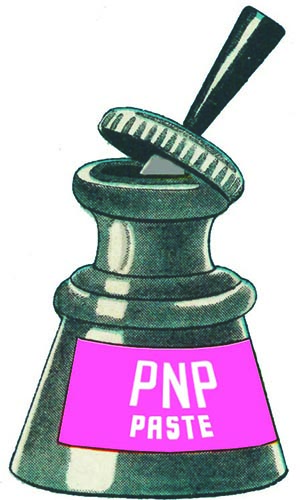BY MICHELLE BERRY
Cape Dennison lies in the far eastern sector of Australian Antarctic Territory. Here, a small group of buildings sit on the edge of Commonwealth Bay. Partially covered by snow and encrusted with ice, the buildings were erected by the Australian Antarctica Expedition (AAE), led by Sir Douglas Mawson, between 1911-1914. The buildings include a magnetograph hut and absolute magnetic hut, used to measure variations in the south magnetic pole, the transit hut, which acted as an astronomical observatory, and ‘Mawson’s Hut’, the winter living quarters for the expedition team.
Eighteen men sheltered here during 1912 and six in 1913. When they left, they took with them some of their belongings but left behind food, books and equipment that had no value.
Cold temperatures typically slow down the chemical reactions that break down wood, paper and other organic materials. However, at Cape Dennison time chooses to exert its power in other ways.
Mawson’s Huts survive despite catabatic winds flowing down the plateau from above. Every exterior surface of the huts is etched by ice particles carried in the winds, while inside the huts ice stalactites and crystals form and melt throughout the year, over the objects left behind by the men of the Australian Antarctica Expedition.
Michelle Berry (@berry6_berry) is an objects conservator. She was a member of the Mawson’s Hut Foundation’s summer expeditions to Antarctica in 2007, 2008 and 2009.
Mawson’s Hut, December 2009. Canvas fragments survive behind wooden battens on the west wall.
Mawson’s Cubicle, Cape Dennison, December 2007. Warm air in the skylight above melts snow and ice, which drips and forms ice stalactites in the cold air below.
Transit Hut, Cape Dennison, December 2009. Surviving nails remain as evidence of wooden battens worn away by the wind and snow.
Transit Hut, December 2009. Ice and snow particles blowing in from the plateau have stripped out the softer wood between the growth rings.
This article originally appeared in Materiality: TIME, now out of print. To purchase an e-version, please visit our shop.




